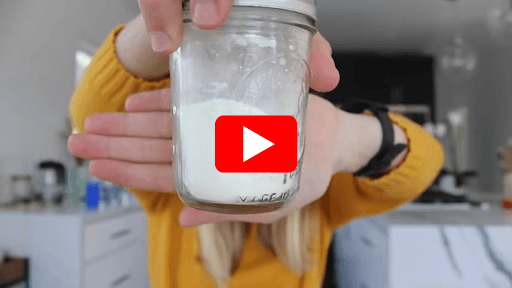The Skim Milk Lie: Bigger Spikes, Bigger Problems! 🚨 #glucose #nutrition
Milk is a staple in many diets, but not all types of milk have the same effect on our blood sugar levels. Recent insights reveal a compelling comparison between whole milk and skim milk regarding their impact on glucose spikes.
Milk contains lactose, a naturally occurring sugar that breaks down to glucose during digestion. This process affects how our body manages sugar levels. However, the presence of fat in milk can influence this process significantly.
A striking observation noted is that skim milk creates a bigger spike in glucose levels than whole milk. It's crucial to explore the reasons behind this difference to understand how it impacts health.
In contrast, whole milk retains its natural fat content, curbing glucose spikes more effectively. This makes whole milk a better option for those monitoring glucose levels.
- Skim milk enhances glucose release due to low fat.
- Whole milk naturally curbs glucose spikes.
Whole milk contains less glucose than alternatives like oat or rice milk, making it a preferable choice for those concerned about sugar intake. Nonetheless, lactose's glucose conversion remains a factor in milk consumption decisions.
"Fat actually slows down glucose release in the body and prevents glucose spikes."
In conclusion, while many may choose skim milk for reduced calories, it is essential to consider the trade-off concerning blood sugar spikes. Whole milk's natural fat can offer a more balanced approach to sugar management for health-conscious individuals.
From Around The Web
Wellness Inbox is a blog & weekly newsletter that curates trending news and products related to health and wellness from around the web. We also gather content from various sources, including leading health professionals, and deliver it directly to you.
Please note that we may receive compensation if you purchase any products featured in our newsletter. Wellness Inbox is not affiliated with, nor does it endorse, any health professionals whose content may appear in our newsletter. The information provided is for general informational purposes only and should not be considered medical advice.
The information provided is not intended to replace professional medical advice, diagnosis, or treatment. All content, including text, graphics, images, and information available is for general informational purposes only. We do not guarantee the accuracy or completeness of any information presented and assume no liability for any errors or omissions. The content is subject to change without notice. We encourage you to verify any information with other reliable sources and consult your physician regarding any medical conditions or treatments.







